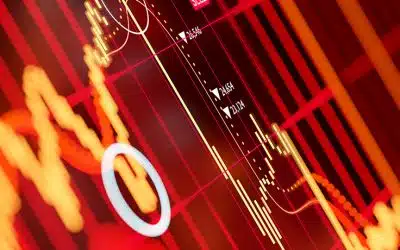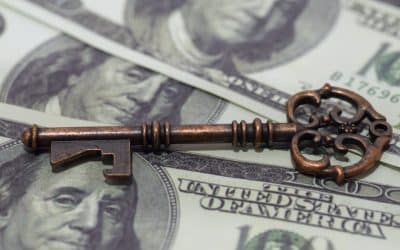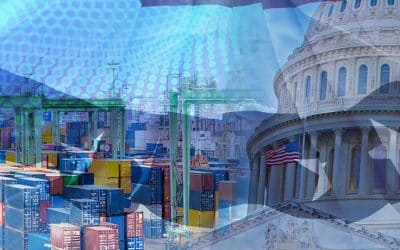European Taxonomy: What are Articles 8 and 9?

Redacción Mapfre
Sustainability is increasingly present in investment firms’ and managers’ policies and decision making. The ESG criteria (environmental, social, and corporate governance) have become the cornerstone around which most assets will revolve in coming years. It seems, therefore, that sustainable investments are here to stay.
However, this trend is not exempt from regulatory changes. As the movement grows throughout the sector, professionals are in the position of adapting the products they offer to the new regulation. That is currently taking place with SFDR. The Sustainable Finance Disclosure Regulation (SFDR, EU Reg. UE 2019/2088) firstly aims to analyze the level of involvement of the sustainable criteria of a specific financial product that is sold in any country in the euro area.
Having entered into force in March last year, the SFDR seeks to make investment firms and asset managers catalog their funds within the corresponding sustainability level. Here, the obligation arises to submit information relating to the sustainability level (ESG), which, for practical purposes, has led to products sold in the European Union being divided into three types:
- Article 6 (“no sustainability objectives”). These are investment products that have no ESG objectives or are declared “unsustainable.”
- Article 8 (“environmental and socially promoting”). So-called “light green products” promote sustainability, but not explicitly. Expert consensus recognizes that this group will become a market standard.
- Article 9 (“with explicit sustainability objectives”). All products that firmly promote sustainability criteria. These “dark green products” are the most demanding in terms of their commitment to ESG principles.
According to a Morningstar report, Article 8 and 9 funds currently represent around one fourth of the total funds in the European Union. There are approximately 65 billion euros of products corresponding to these articles in Spain. This shows that, in some way, the sector is no longer being ordered only at the national level, but in the entire continent. In fact, the new regulation, and especially the requirement to ask investors for their sustainability preferences, is leading to “distributors and managers adapting the range of products offered,” according to Eduardo Ripollés, MAPFRE AM institutional business director.
Consequently, he states that “a product differentiation will take place,” especially in Article 8 products which, in his opinion, will help to “separate ‘the wheat from the chaff’ and thus, avoid greenwashing situations that may give rise to distrust.”
This differentiation resulting from the regulation is accompanied bygreater interest by investors, who, beyond seeking financial profitability, are also looking for a sustainable objective. That is why demand for this kind of fund is currently growing.
What are MAPFRE's Sustainable Funds?
However, this trend has led to a boom of products associated with Articles 8 and 9 within the sector. In view of this, Ripollés said at the Aseafi event that MAPFRE “is taking a very prudent approach to the sustainable world,” regarding financial advice. The key, he says, is in following a more ordered path, “prioritizing quality over quantity,” all using its own methodology.
Following this philosophy, MAPFRE has two funds framed within Article 8, called “Socially Responsible Investments” (ISR, by its acronym in Spanish). They are the following:
- MAPFRE AM Responsible Inclusion: Named an example of good practices by the United Nations, this fund focuses on companies committed to including persons with disabilities in the workforce. The ultimate objective of this is to create a positive impact in the social integration of this group of people, while achieving long-term profitability.
- MAPFRE AM Responsible Capital: This mixed fund seeks to preserve capital and growth with a long-term time horizon. Through a balanced portfolio of European stocks and bonds, it aims to raise awareness of the importance of including ESG criteria in the decision-making process of companies, prioritizing those that include it in their corporate governance.



